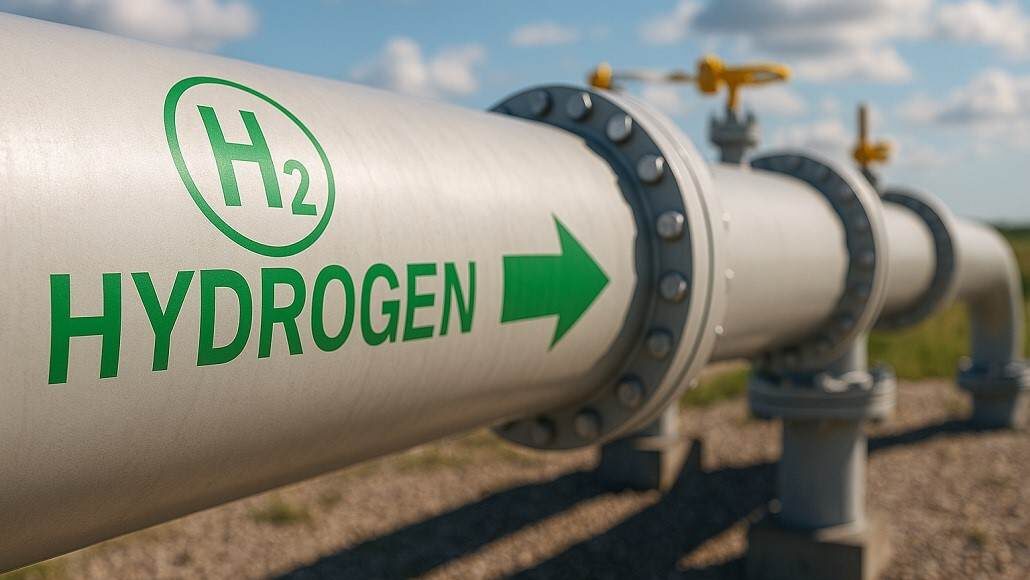Due to the regulatory approval that has been secured from the Inner Mongolia energy bureau, China has officially gone on to authorize the development of its first inter-provincial green hydrogen pipeline, which happens to be a 400 km conduit that will deliver 100,000 tonnes of green hydrogen every year right from Ulanqab in Mongolia to the Yanshan Petrochemical facility of Sinopec in Beijing.
Apparently, this infrastructure project happens to form the backbone of a broader strategy in order to cut hydrogen transportation expenditures, broaden the domestic usage, and also transition from demonstration scale to commercial rollout when it comes to green hydrogen. By way of linking resource-rich Inner Mongolia to a major industrial center, the pipeline will go on to serve as a national pilot for what the Chinese authorities term as the production-storage-transport-use hydrogen value chain.
It is well to be noted that the green hydrogen in the inter-provincial green hydrogen pipeline will get generated from the almost $2.8 billion renewable hydrogen complex of Sinopec located in Ulanqab, which integrates 1 GW of wind as well as solar power capacity due to electrolysis.
After completion, the facility is anticipated to become one of the largest of its kind across the world, which would supply hydrogen at an industrial scale for fuel, mobility applications, and chemical feedstocks.
Apparently, from a logistics point of view, the project happens to represent a strategic leap. Although China previously went on to approve a longer 737 km hydrogen pipeline in the Hebei province in December 2023, this new cross-provincial route happens to be the first to physically connect a renewable hydrogen production facility to a major demand center across state-scale distances. It also sets up the precedent for more future national-scale hydrogen networks and prominently decreases the expenditure penalty that is associated with transporting hydrogen by way of cryogenic or truck containers.
It is worth noting that the Inner Mongolia government has gone on to position itself as a frontrunner when it comes to the national hydrogen race by issuing the first provincial hydrogen pipeline development blueprint of China. The plan goes on to envision a multi-node network in terms of trunk lines, export corridors, and interventional loops in order to support both domestic as well as cross-border hydrogen flows.
The fact is that this regional approach aligns very closely with the dual carbon objectives of China, which suggest peak emissions by 2030 and carbon neutrality by 2060 through leveraging the abundant wind and solar potential of Inner Mongolia.
It is well to be noted that the Yanshan terminus is not incidental. Sinopec’s facility over there happens to be a sprawling petrochemical complex that goes on to produce almost hundreds of different oil-based products. The capacity to inject green hydrogen within such a hard-to-abate industrial process happens to open many avenues when it comes to carbon intensity reduction not only through fuel switching but also by way of green ammonia as well as methanol synthesis. These chemical derivatives are increasingly seen as enablers when it comes to hydrogen trade and act as decarbonization elements throughout sectors.
Notably, there are technology enablers that are also falling into place. Earlier, the work by PipeChina has gone on to validate the feasibility when it comes to high-pressure hydrogen transmission in terms of long-distance pipelines by easing the long-standing issues that revolve around material integrity along with leakage risks. These advances are indeed very critical as China begins to shift away from localized pilot projects to scaled-up regional systems.

